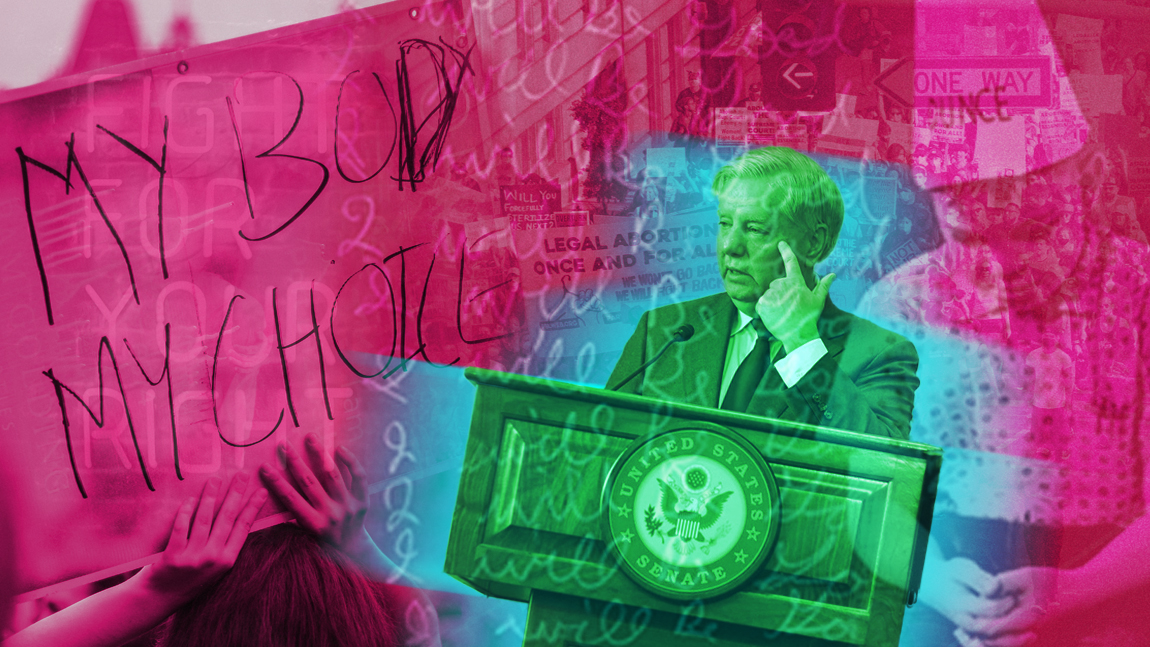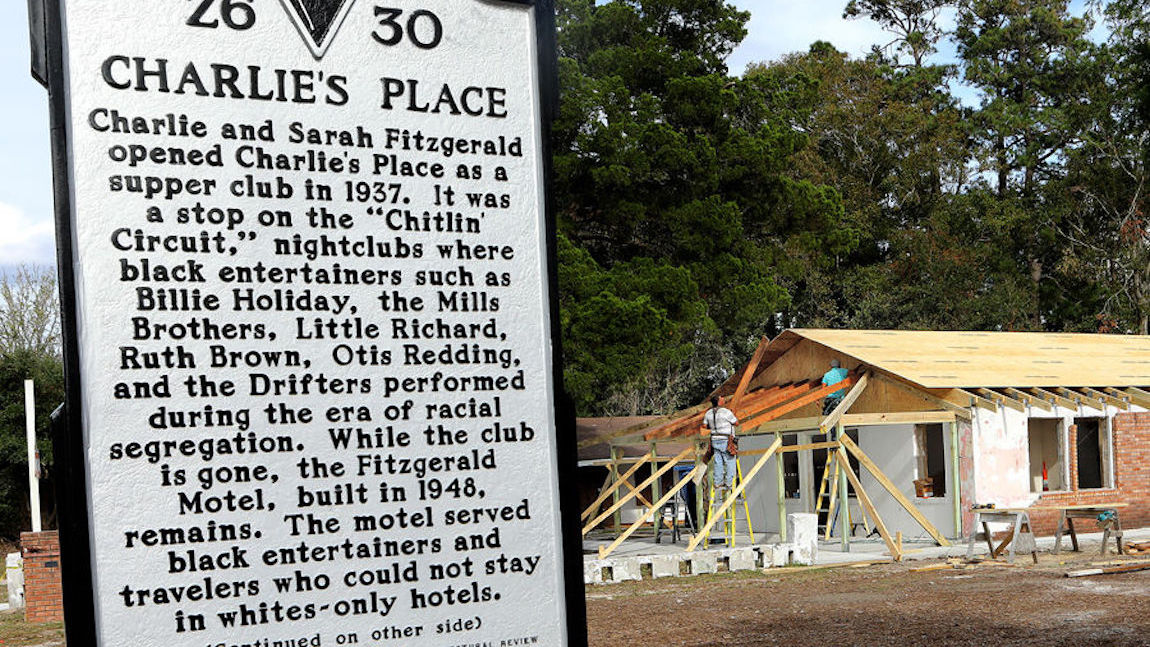By Rick Patelunas
What started as a strike by some 200 fast food workers in New York in November 2012 grew to protests by an estimated 60,000 workers in 200 cities by April 2015. The cause was a $15 an hour minimum wage.
The last time the federal minimum wage had been raised was during the Great Recession in 2009. Officially, the recession was over, but the $7.25 minimum wage remained.
By June 2019, unemployment was low, corporate profits were booming, and the $7.25 minimum wage was still with us. The ten years between 2009 and 2019 was the longest period in the history of the minimum wage with no adjustment. The first step towards a much-needed increase happened on July 18 when the House passed the Raise the Wage Act. The 231 to 199-vote was pretty much along party lines with four Democrats opposing the act and three Republicans supporting it.
Republican Counter Response
It didn’t take long for Republicans to start their corporate counter-offensive. The grim reaper, nay-saying Senate Majority Leader Mitch McConnell, said declared the bill dead before it even arrived at the Senate. The man who has turned the world’s greatest deliberative body into partisan dead end except for rubber stamping conservative ideologue judges and a massive tax cut for the wealthy (Leader McConnell) Tweeted:
Research shows that hiking the minimum wage to $15 would kill jobs and depress the economy at a time when it’s thriving for the American people. We are not going to be taking that up in the Senate. pic.twitter.com/SiyXGBDKkr
— Leader McConnell (@senatemajldr) July 18, 2019
Rep. Tom Rice (R-SC) jumped on the bandwagon with his recent District Update. Rice states:
The nonpartisan Congressional Budget Office (CBO) estimated that this bill would eliminate up to 3.7 million jobs and result in a $9 billion decrease in family income.
This bill continues the assault on rural America we’ve seen from the left and would be devastating for South Carolina. A federally mandated minimum wage will disproportionately hurt small businesses, low-income workers, and rural areas.
The CBO’s Analysis
Rice’s numbers are not wrong, but by leaving out important details, he’s hoping his constituents draw the wrong conclusion. The Congressional Budget Office (CBO) concludes (underlining added for emphasis):
- In an average week in 2025, the $15 option would boost the wages of 17 million workers who would otherwise earn less than $15 per hour. Another 10 million workers otherwise earning slightly more than $15 per hour might see their wages rise as well. But 1.3 million other workers would become jobless, according to CBO’s median estimate. There is a two-thirds chance that the change in employment would be between about zero and a decrease of 3.7 million workers. The number of people with annual income below the poverty threshold in 2025 would fall by 1.3 million.
- Those changes in real income would not be distributed evenly across families at different income levels . . . For families under the poverty line, this option would increase real family income by an average of $600 per year, or 5.3 percent. . . Families with income between one and three times the poverty threshold would also see increases in family income, though the percentage changes would be smaller. The option would have virtually no effect on the real income of families with income between three and six times the poverty threshold. Finally, the option would reduce the real income of families with income more than six times the poverty threshold by an average of about $700 per year, or about 0.3 percent.
Rice is correct that up to 3.7 million people could lose their jobs. But, the CBO says there is an equal chance that zero people will lose their job. That’s why the CBO summarizes its findings by using the mid-point of 1.3 million job losses in its summary. Most of the job losses are in part-time jobs, and of the 1.3 million losses, roughly 600,000 are for the 16–19 age group.
The point is not to trivialize the losses, but to recognize where in the economy the impact happens and then plan for solutions.
Rice is also correct that there will be a $9 billion loss in some family income. How can raising the minimum wage lower income? Raising the minimum wage cuts into company profits.
The profit losses affect families making more than $232,800 a year. The loss is about $700 a year, which probably won’t be missed by most folks with that kind of income. On the other hand, raising the incomes of up to 27 million wage earners and lifting 1.3 million people out of poverty is certainly not an assault on low income workers.
Studies Support Raising the Minimum Wage
Raising the minimum wage is not an assault on rural areas either, and recent studies show it doesn’t necessarily lead to job losses. Earlier in July, Vox.com summarized recent studies on increasing the minimum wage (underlining added for emphasis):
- More importantly, doubling the federal minimum wage to $15 an hour by 2024 would also likely boost incomes for the poorest households in rural counties . . . They found no evidence that such a large wage hike would lead to significant job losses or fewer work opportunities . . .
- A 2016 study by economists at Michigan State University . . . concluded that a 10 percent increase in the minimum wage would likely reduce overall employment in low-wage industries from 0.5 percent to 1.2 percent.
- Another meta-analysis comes in a highly anticipated study forthcoming in the Quarterly Journal of Economics by economists at the University of Massachusetts, University College London, and the Economic Policy Institute. . . The conclusion is that low-wage workers received a 7 percent pay bump after a minimum wage law went into effect, but there was little or no change in employment. The study also showed that it would not cost jobs, even in states with large shares of minimum-wage workers.
In what the Washington Post calls the most definitive study to date, the benefits go well beyond wage increases:
- Suicides fall.
- Criminals break the cycle.
- Consumer spending rises.
- Workers are more productive.
- Wage increases ripple upward.
- Employers do not cut benefits.
- Poverty rates fall.
- Older folks work longer.
Why Not Raise the Minimum Wage?
With so many parts of the country benefiting, it’s hard to devise a plausible argument against raising the minimum wage. So, what are Republicans really saying? What does Rice mean when he says, “we should work on policies that will continue our current economic boom and create opportunity for hardworking Americans?”
Republicans are concerned about the profits that go to their corporate benefactors — like the families making over $232,800 a year who might be out 700 bucks.
Remember the Republican tax giveaway to the rich two years ago and how the benefits would trickle down to workers? Didn’t happen. Worker bonuses never materialized and anemic wage growth hasn’t kept up with inflation. That didn’t stop corporate buy backs and record profits as executives got richer. The results are not surprising. History shows that trickle-down economics only works for those at the top – those that control the trickle.
Rice is giving himself and his allies too much credit for the current economic boom. The recovery had been going on for 90 months when President Trump took office. It has continued another 30 months, which means Obama’s recovery was three times as long as Trump’s. A large part of Trump’s 30 months is under the massive tax cut that helped give to the wealthy. Think of the tax cut as a sugar high and then ask how long it will last.
Stand Up for Workers and Against Income Inequality
Rice should’ve explained the whole story in his District Update instead of cherry picking some numbers to scare people. Ask him which side is he on? The millions of workers who would benefit from a higher minimum wage? Or the few making over $232,800 a year.
If $232,800 a year sounds like a lot to you, remember that inequality doesn’t just happen. Minimum wage policies and tax laws contributed to the growth in inequality over the last 40 years.
It’s time to take a stand for workers and reverse income inequality.






